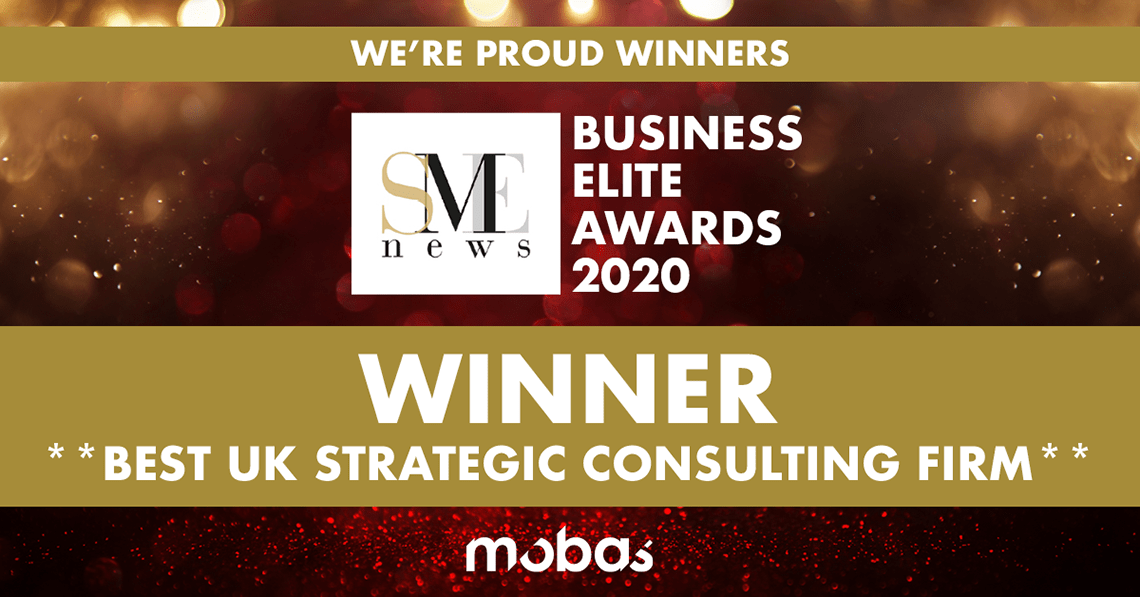Brands are a vital and powerful tool for businesses in the hospitality and leisure sector. If marketed effectively they gain widespread recognition and are an essential element in the way the business is perceived by the consumer. There are many iconic brands in the sector with world famous leisure destinations that are particularly well known and successful. It is interesting to explore if it is the visual brand itself or the brand’s reputation that attracts consumers.
Here, three hospitality and leisure brands are examined.
Butlin’s
The original British holiday camp opened its doors in 1936 in Skegness. Founder Billy Butlin wanted to bring holidays to ordinary working people and was enormously successful. Butlin’s holidays seeped into the collective national consciousness and rapidly became a part of UK culture.
The Butlin’s brand is aimed squarely at families and its visual identity is inextricably bound up with the famous Butlin’s Redcoats, the entertainers who are there to make the holiday go with a swing.
The Butlin’s logo appears as a handwritten sign, in joined-up writing and in red, conveying a relaxed image rather than an austere corporate one, encouraging a friendly, open approach for consumers considering their leisure options. This approach gives the brand a real personality, one that has reinvented itself as its three holiday centres underwent extensive refurbishment.
The brand’s personality is also bound up with the Redcoats, with constantly smiling faces on the website defining the end goal – providing hardworking families with the perfect holiday at a reasonable price
Disneyland Paris
Originally opened as Euro Disney Paris, this giant theme park and entertainment centre to the east of Paris is inextricably linked with its forebears in America, probably being the biggest and best-known brand in the world.
The park’s logo has Disneyland written as if by a child, letters separated, with a swirl for the first “D”, the “i” and “y” appearing as lower case with the rest being uppercase. It’s a curiously attractive mixture. The “Paris” strapline sits underneath positioned on the right and is in simple and smaller capital letters, stark in comparison. It’s based on the famous Disney logo for films, and this is where the link between the brand’s visual image and personality emerges.
Disney is able to market relentlessly thanks to its films, using a whole range of movie themes to construct a fantasy world for children and their accompanying adults. The market is the children who will use pester power to persuade parents or other adults to take them to Disney. Kids may recognise the visual brand, but it’s everything else around it that makes it such a successful leisure company.
Alton Towers
Set almost in the middle of England, Alton Towers has long been one of the UK’s major theme park attractions. It markets itself strongly as a family friendly, short break holiday and is part of the Merlin Entertainment Group.
Its circular logo design depicts the castle as it once was with the strapline “Alton Towers” on a red banner at the bottom followed by “Resort” on a new line. The logo itself is memorable, but it’s the way the business markets itself to families that makes its brand personality far more effective when consumers are making holiday decisions.
